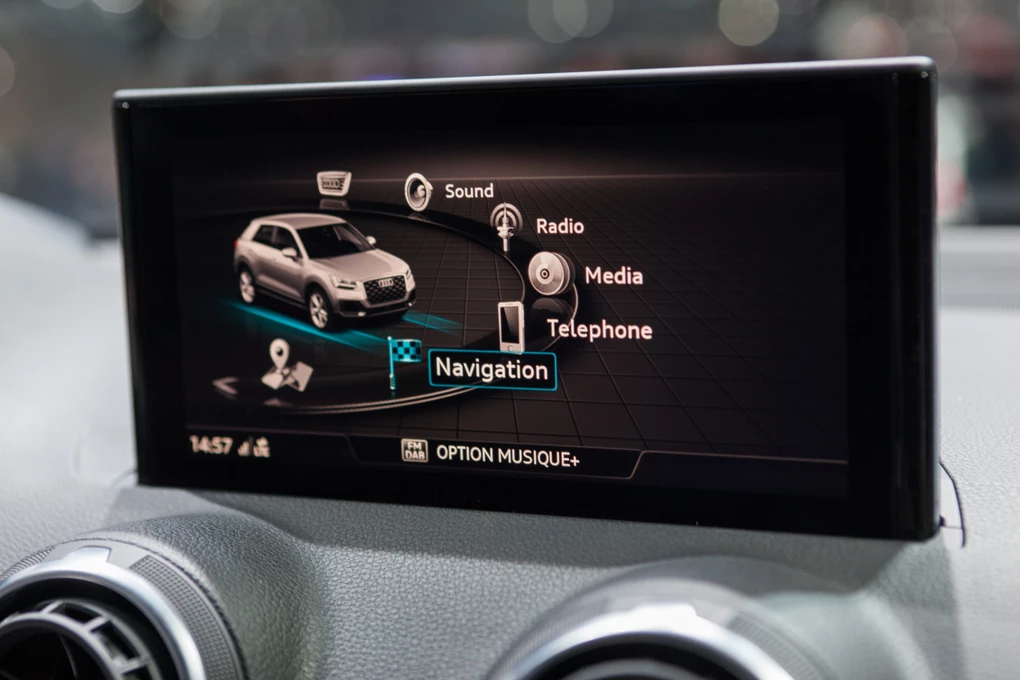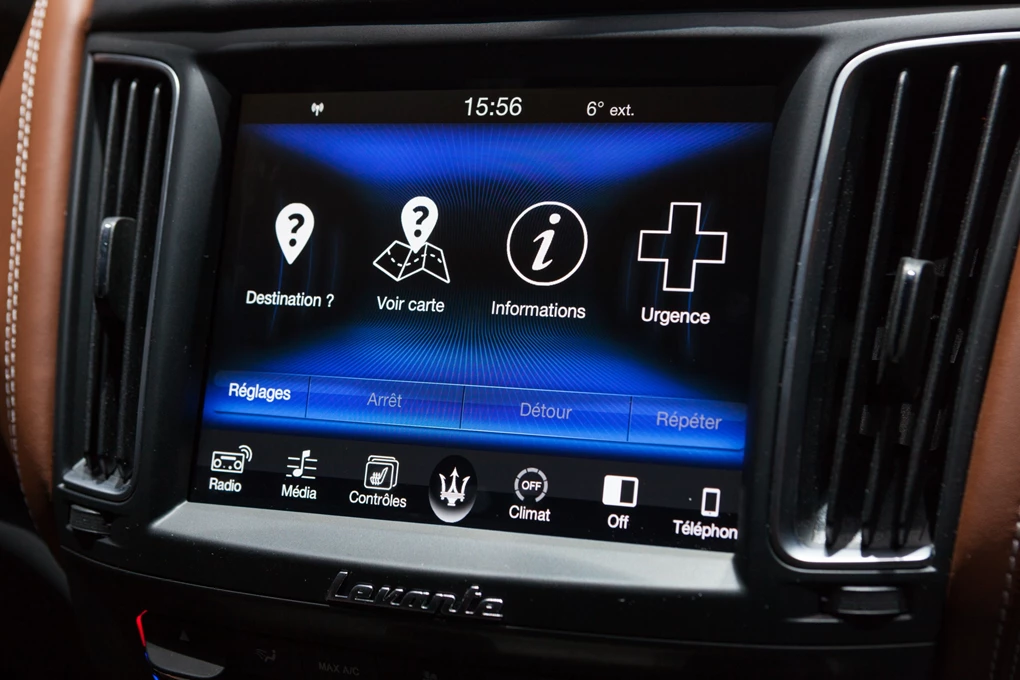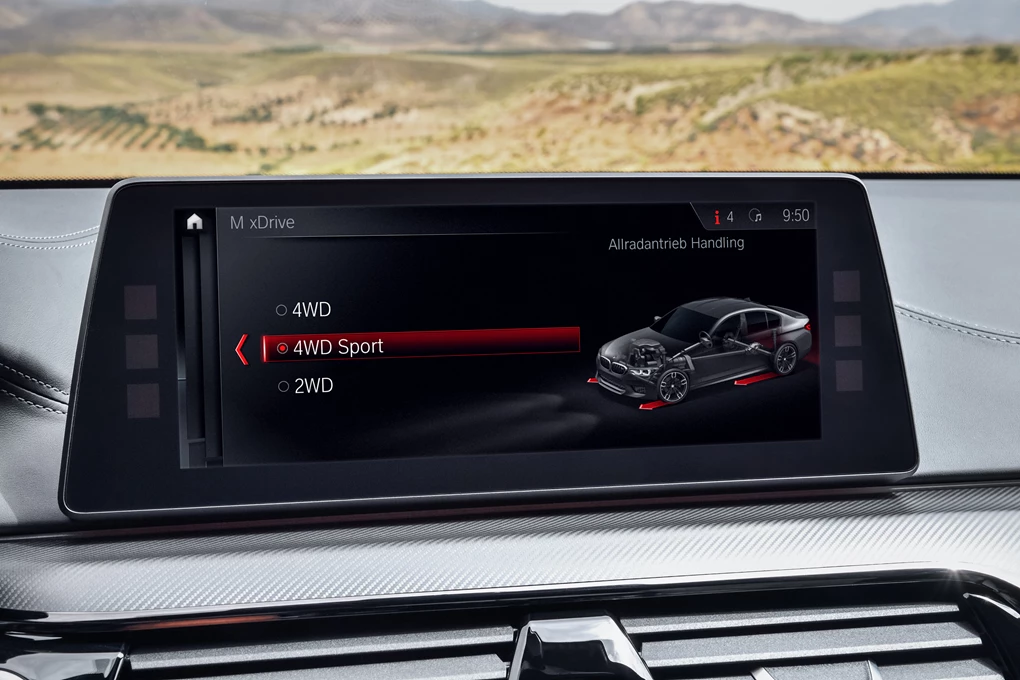If you’ve been looking at new cars lately, you’ve almost certainly seen options for an infotainment system. But what is that, exactly?
Well, infotainment (that’s a portmanteau of information and entertainment, in case you didn’t know) has actually become a colloquial term for in-car entertainment and has been around for a lot longer than you may initially realise.
The first ever example of a really basic infotainment system can be found way back in 1930, when a radio receiver for cars was released — called the Motorola (yep, it’s the same brand that made the cool ‘00s flip phones).

Over time, radios became a pretty much expected feature on normal cars and soon the addition of cassette players, mini-discs and CD players all appeared.
Fast forward to 2003 and the Saab 9-3 — the first car to come equipped with Bluetooth. It was then the infotainment system really began to develop into what we know today.
Now, almost every new car comes with a highly sophisticated infotainment system. As standard, you should expect DAB radio, sat-nav and some form of phone connectivity — be that via an auxiliary cable or most commonly, Bluetooth.

All of this is usually controlled through one central screen on the dashboard, with touch operation and some shortcut buttons surrounding it.
A lot of systems also use the screen as a display for reverse cameras, too, and a few even have on-board WiFi.
Now, unlike a phone, for example where you only really have a choice of two operating systems, car infotainment systems vary greatly by manufacturer.

To give a few examples, there’s Audi MMI, BMW iDrive, Ford Sync, Jaguar InControl… you get the picture.
What are amongst the best infotainment systems, though? Well, BMW’s iDrives is often one of the most highly praised.
Alongside touchscreen controls, it can be navigated using a wheel, a touchpad and shortcut buttons — which can be programmed to your liking. It’s also lauded for being quick-performing and for using Google Earth as a sat-nav system. Some models also have gesture control.

Other highly-regarded set-ups include Seat’s Full Link system, Vauxhall’s Intellilink and Mazda’s MZD Connect.
That’s not to say there aren’t more universal options available, though. A lot of cars support Apple’s CarPlay and Google’s Android Auto.
Both systems run from your mobile device (CarPlay for iPhone, Android Auto for well, Android) and use the dashboard screen as a display. Both allow for use of each operating systems’ native map applications, as well as support for various music apps and phone calling.
As cars become more and more tech-packed, infotainment systems are only going to improve and offer many more functions — as a result, the quality of the system is only going to matter more when it comes to a new car purchase.




